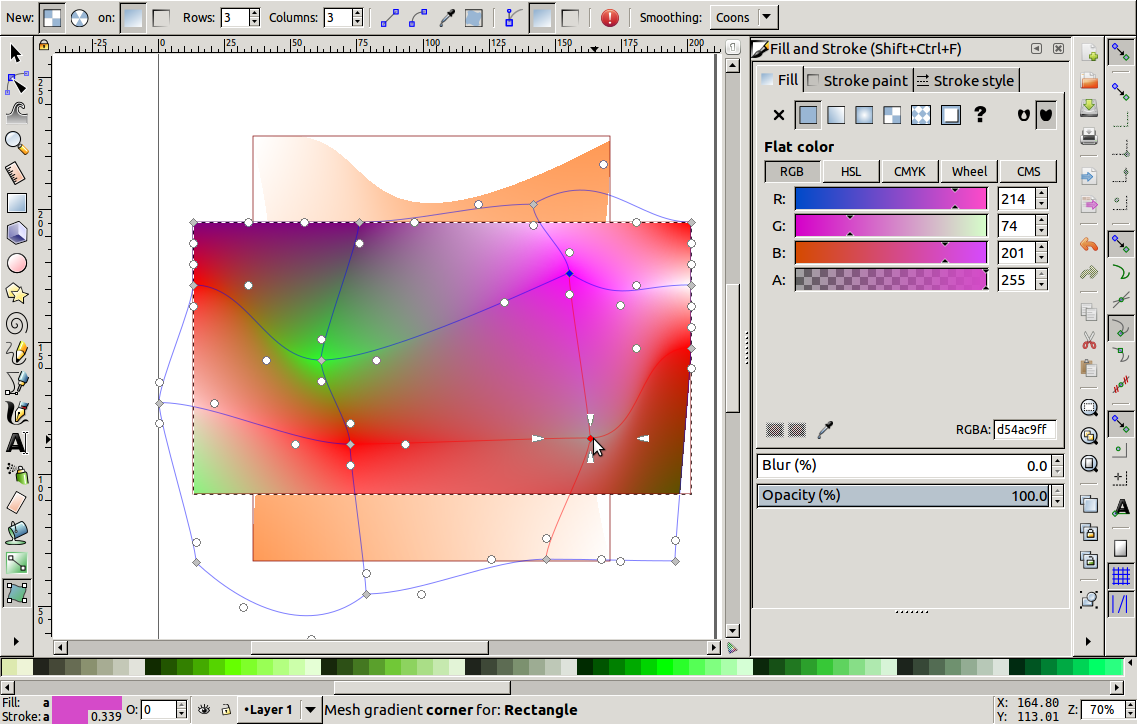

But before we get engrossed with creating our figure, let's figure out how we can export the images. Some datasets benefit from the map view, but in this case the example data is quite sparse with the geographic information so we will ignore the map view here.īy default, the tree tips (the circles) are coloured by the ID, which is meaningless since they will all be unique. You can remove the map panel by clicking the pencil (top right), then Edit existing panels and then in the pop-up you can select the map panel and remove it. Once you choose the column the basic tree and metadata table will show up like below. You do need to have at least one column in the metadata file that has the corresponding tip label in the tree file, otherwise the tree will be shown with no annotation. That is, which column should it use to link the labels in the tree file to the rows in the metadata. It may ask you about which column is the ID. When you go to the Microreact website, there is a link at the top to upload and from there you can drag and drop your tree (newick or nexus format) and your table of metadata onto the page. The raw data is here if you want to follow along: If you would like to know more, we discussed these in a recent publication: Alikhan et al. I just randomly selected a group of genomes from EnteroBase. Genomes from Salmonella enterica serovar Minnesota. Many common problems I encounter do not appear in simulated/toy datasets. I prefer to make worked examples from real data.

We will make a figure like this:įirst, let's get some example data. In this post, I want to show you how to get the most out of the online visualization tool, Microreact, so you can draw publication ready figures. I make a lot of phylogenetic trees, and I have used a lot of different programs.


 0 kommentar(er)
0 kommentar(er)
